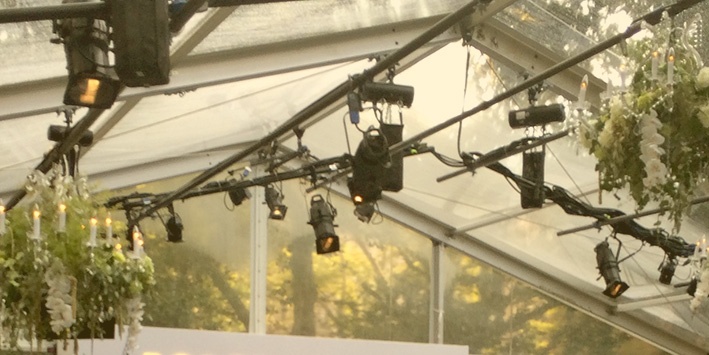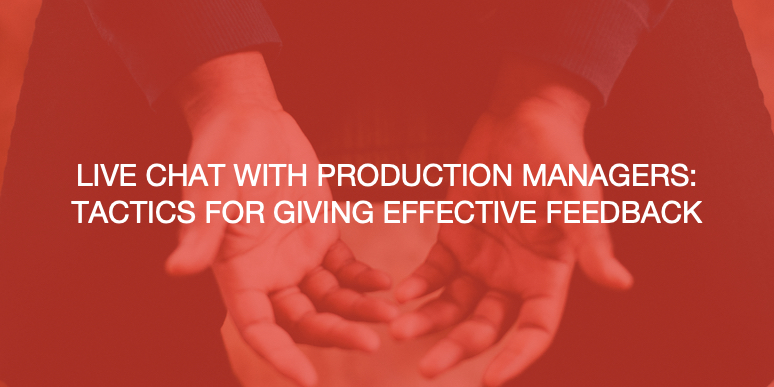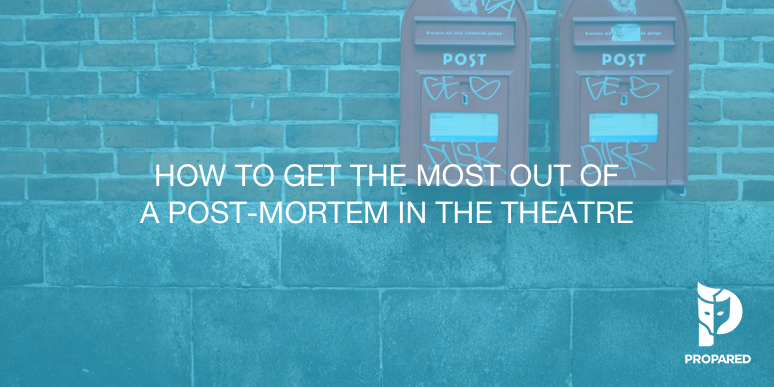
The entire month of December, Propared is partnering with Tinc Productions to present a series of blogs focused on event safety. This article was first published on December 8, 2015 by Tinc. It is reprinted here in its entirety.
Last week I had the honor of attending the annual summit of the Event Safety Alliance. Over the next few weeks, I’ll be writing a series of blogs on some of what I learned.
We heard a presentation given by Tim Roberts about the complexities and potential dangers of designing, setting up, and operating tents in the event production world. The trick is that each of these tasks is performed by different entities. The company that made the tent rarely has anything to do with it once it is on site.
Even more importantly, each entity also holds vital information that the others need to do their jobs. Often failure stems from lapses in communication along a chain of stakeholders including the manufacturer, the supplier, and the end client. Let’s look at each in turn which may help us understand what kind of information is important for each party to obtain.
Design & Manufacture
The life of a tent begins with its design and construction. The designer and manufacturer must…
-
Be competent, registered, and licensed to create such structures.
-
Design the tent to eliminate risks during setup (i.e. workers should not be forced to endanger themselves to get the tent up).
-
Provide a book or documentation explaining everything relevant to the safe setup and operation from a design and manufacturing perspective.
Vendor
At some point, the tent will be purchased by a vendor or supplier who will probably be the one assembling it on site. Vendors must…
-
Provide the right components for the tent to the site.
-
Train their crew to be familiar with the product and work safely with it.
-
Conduct regular maintenance and inspection.
-
Discuss usage and advise client of limitations (the bulk of failures occur here).
-
Conduct a site/soil survey to ensure the tent will work with the site.
-
Provide an operations plan for safe usage and what to do in emergencies.
-
Complete a handover of a safe structure. This should include a signed document indicating that responsibility and liability is being passed on to the end user.
End User
Once setup is complete, responsibility will most likely be assumed by a production manager or event planner (the end user). The end user must…
-
Communicate clearly the technical requirements to the vendor so they will be able to provide the correct structure and equipment.
-
Share information about the tent operation and limitations with other people working in and around the tent (a/v, catering, etc).
-
Obtain all required permits.
-
Ensure all plans are signed off for any departments interacting with the tent (i.e., weight limits, hanging or rigging points, Doorways or tent openings, egress).
-
Develop, deliver, communicate, and rehearse the emergency plan.
-
Ensure the tent continues to be used in the way it was planned for.
At every moment, there should be someone responsible for the proper care and operation of a tent. Part of the planning process should include who that person is and when the hand offs occur. Anyone who assumes responsibility for a tent should understand how critical it is to obtain all information necessary to safely do so.
Working with tents is a big deal. Tents are complex structures and there are many potential points of failure. Managing the risk of working with tents has everything to do with good communication and ensuring no steps are skipped along the way.
Do you work with tents or large outdoors structures? Share some of your methods for creating a safe work environment in the comments below.



